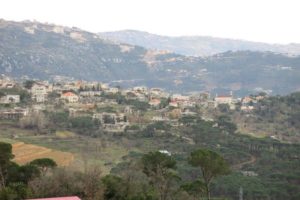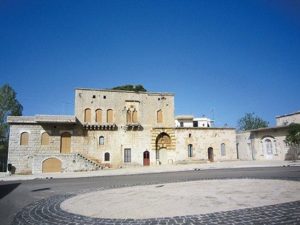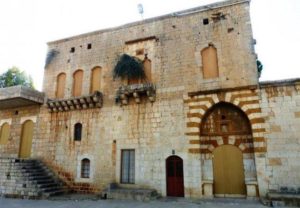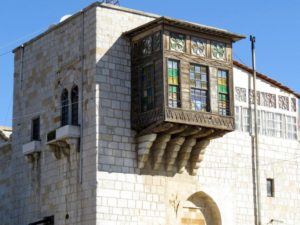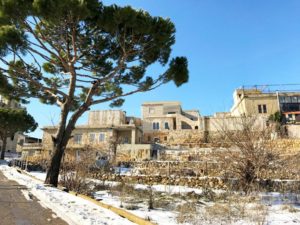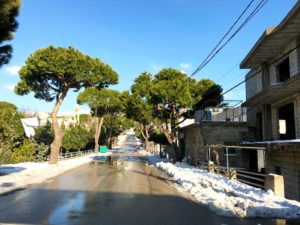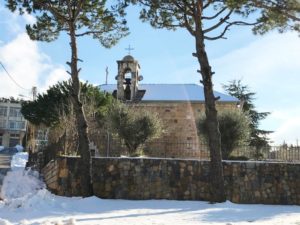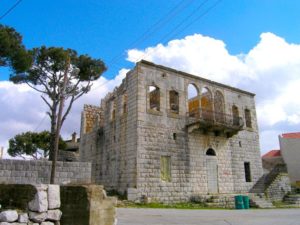CAZA:
Metn 1200m
1200m Etymology:
Syriac origin, "Morning" or "Matino", meaning "patient, impassive"Mtein is a sunny village of the Lebanese mountain, illustrating with its palaces and other residences a typical example of the traditional Lebanese architecture from the 17th to the 19th century. It is one of the oldest villages in Lebanon since the human presence goes back there at least to antiquity, but its fame probably began in 1616 when the Abillama emirs decided to settle there. The most beautiful feature of Mtein is its central square of 5000 m2, the midane, around which were built the sumptuous palaces of the emirs. Note that the first duel of sung poetry known as “Lebanese Zajal” took place in Mtein.
Must-do things
- The midane of the emirs Abillama with its four palaces dating from the 17th century
- Mar Jerges church built in the 17th century
- Mar Youhanna el Maamadane church built in 1860
- El-Saïdeh church built in 1700
- The Byzantine and Roman ruins of Msaïka, with large blocks cut in the rock, located on the eastern outskirts of the village
- The ruins of a 19th century silk farm
- The traditional stone houses
- The ruins of wine presses and wineries
- The valley and the lands below the village
- The pine forest on the side of Bzebdine village
- Mtein 3-day summer festival held mid-August with music and local products, facing el-Saideh church
- In the last week-end of August, 3 days of concerts, local food and activities for kids in the Midane
- The public library and the French cultural center
- The museum inside the 250 year-old municipality, located in the Midane, displaying around 120 paintings for Lebanese artists
- The hiking trail, section 15, Mtein-Baskinta, of 11 Km (LMT association)
- The dilapidated Abillama seraglio, in the village of Salima, built in the 16th century and listed in the inventory of historical monuments
- Le bois de Boulogne
- The labelled villages of Knaisseh, Salima, Dhour Choueir and Khenchara

